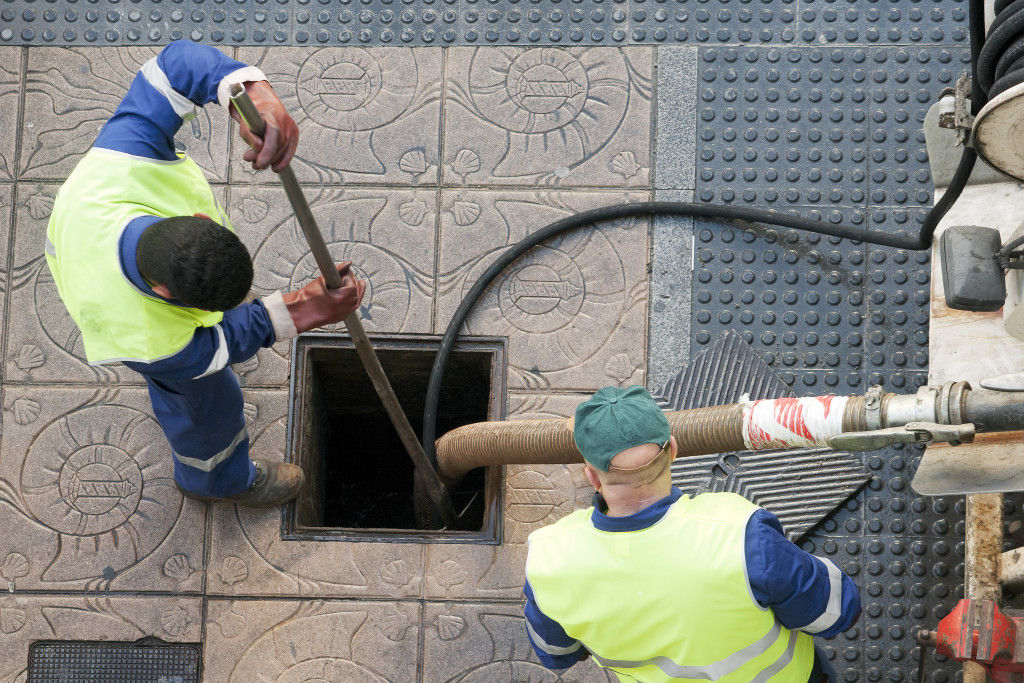Concrete slabs are a popular choice for many homeowners because they are strong, durable, and easy to maintain. However, if moisture problems are not fixed, they can cause significant damage to the slab and the property surrounding it. This article will discuss ways to fix moisture problems in concrete slabs. But first, let’s take a look at the reasons why they occur.
Why do Moisture Problems Occur in Concrete Slabs?
There are many reasons why moisture problems can occur in concrete slabs. Poor drainage is one of the most common causes. If the soil around the slab does not drain properly, water will build up and saturate the slab. This can happen if the ground is too level or if there is an obstruction, such as a tree root, that is preventing the water from draining. Improper installation can also cause moisture problems. If the concrete is not properly mixed or cured, it will be more susceptible to moisture damage.
Fixing Moisture Problems in Concrete Slabs
There are many ways to fix moisture problems in concrete slabs. The best way to fix the problem will depend on the cause of the moisture.
1. Improve Drainage
If poor drainage is causing the moisture problem, you will need to improve the drainage around the slab. This can be done by adding a slope to the ground or by removing any obstructions that are preventing water from draining. You may also need to install a drainage system, such as French drains, to help keep the area around the slab dry.
Moreover, you can also take some measures to keep water from pooling on the surface of the slab. For example, you can install gutters and downspouts to redirect rainwater away from the slab.
2. Install a Vapor Barrier
Another way to fix moisture problems in concrete slabs is to install a vapor barrier. This will prevent moisture from evaporating from the ground and into the slab. Vapor barriers are typically made of plastic or foil and can be installed on the ground before the concrete is poured.
If you already have a concrete slab, you can install a vapor barrier by drilling holes in the slab and injecting a vapor barrier material into the holes.
3. Seal the Concrete
Sealing the concrete can also help to fix moisture problems. This will create a barrier that will prevent water from seeping into the concrete. It is important to use a high-quality sealer that is designed for concrete. You can apply the sealer with a brush, roller, or sprayer.
Also, be sure to seal any cracks or joints in the concrete. This will help to prevent water from leaking into the slab and causing further damage.
4. Add a Waterproofing Coating
Adding a waterproofing coating to the concrete can also help to fix moisture problems. This will create a barrier that will prevent water from seeping into the slab. Waterproofing coatings are typically made of latex or acrylic and can be applied with a brush or roller.
You can also use under-resilient floor coverings, designated ASTM F3010, which will protect the concrete from moisture and provide a durable surface that is easy to clean.
5. Install a Sump Pump
If you have a basement or crawl space, you can install a sump pump to remove any water that might accumulate. This will help to keep the area around the slab dry and prevent moisture from seeping into the concrete.
Sump pumps are typically installed in a pit that is dug near the foundation of the house. Also, be sure to install a backflow valve to prevent any water from seeping back into the house.

6. Dehumidify the Area
If the moisture problem is caused by high humidity, you will need to dehumidify the area. This can be done with a portable or whole-house dehumidifier. Portable dehumidifiers are typically used for small spaces, such as basements or crawl spaces. Whole-house dehumidifiers are installed in the HVAC system and can dehumidify the entire house.
7. Get Rid of Any Mold
If mold is growing on the concrete, you will need to remove it. Mold can cause serious health problems, so it is important to get rid of it as soon as possible. The best way to remove mold is to use a solution of bleach and water. You can apply the solution with a brush or sprayer.
After applying the solution, be sure to rinse the area with clean water. You may also need to scrub the area to remove any stubborn mold.
There you have it! These are some ways that you can fix moisture problems in concrete slabs. By taking these measures, you can prevent further damage to the slab and the surrounding property.




